by Charles Jay
Despite a depressing decline in the ratings for primetime boxing telecasts, as long as there were intriguing matchups involving some of the sport’s biggest names, especially heavyweights, there was going to be some interest. And for a while, it got even better than that. In fact, there was about a five-year period when boxing really hit paydirt with some high-profile fights, including non-heavyweights, before advancements in technology changed the sport, and the way the public viewed it, forever.
It could reasonably be said that the most dazzling heavyweight of the 1960s and 1970s, Muhammad Ali, always had a dazzling command of his audience, regardless of the sport’s overall condition. His fight with Earnie Shavers in September 1977 drew a 37.3 rating and 57 share on NBC. That means well over half the television sets that were turned on during that time period were watching the bout, and naturally, it was #1 in the Nielsen ratings for the week. Ali’s February 1978 loss to Leon Spinks drew a 34.4 rating, making it the second highest-rated primetime program of that particular week. Using Ali as an barometer wouldn’t be altogether instructive, since, well, Ali was Ali. Even so, since the heavyweight championship meant a lot to the networks and to U.S. audiences, Larry Holmes, who succeeded Ali as the consensus champion, was usually going to attract a crowd. In September 1979, Holmes and Shavers (with Roberto Duran and Sugar Ray Leonard in separate bouts on the undercard) drew 46 million viewers in what was an entertaining rematch, highlighted by a knockdown scored by Shavers in the seventh round. When Holmes battled Randall “Tex” Cobb in 1982, that fight, even as there was a tremendous gap in class between the two (and Howard Cosell’s disgust that prompted his “resignation” from boxing blow-by-blow), was the ninth-highest-rated show in primetime for its week.
Still, if we go back to June 1979, Holmes’ fight against Mike Weaver, even with the support of Duran’s first venture into the welterweight division, against Carlos Palomino, on the undercard, was not considered worthy by any of the over-the-air networks. That gives you a bit of an idea about what kind of standards they were looking to impose for their boxing programming. Home Box Office (HBO), a fledgling service at the time, bought the rights to the fight, which reduced the potential audience considerably.
ABC televised Sugar Ray Leonard vs. Wilfred Benitez in 1979, marking the first time in fifteen years that boxing was able to showcase those below the heavyweight division in a primetime spot on network TV. Leonard reportedly received a purse of $1.4 million while Benitez got $1.2 million, making it also the first time two non-heavyweights had each made a million dollars for the same fight. Those who go back that far can remember that there was a fair amount of skepticism about the selling power of the lower weight divisions, even with some of the great fighters that had come along over the years, but Leonard was pre-sold strongly during his Olympic experience, and virtually every step of his career to that point was chronicled on the networks, whether it was as a feature on weekend afternoons, or a semi-final on a primetime telecast.
Holmes, who’d had an unexpectedly difficult fight against Weaver, came back for an easier bout less than a year later, and this time ABC jumped on the bandwagon, although it was only a part of a unique prime-time extravaganza. And the term “extravaganza” cannot be used lightly; the show was scheduled for FOUR hours, which took it well beyond the traditional parameters of prime-time (OK, not necessarily on the west coast).
Set for March 31, 1980, one of the heavyweight bouts saw Holmes defend his WBC heavyweight title against the perennially overweight Leroy Jones in a fight that took place at Caesars Palace on the Las Vegas Strip. During the same block of airtime, Mike Weaver, who had more name recognition by this time, having also beaten Scott Ledoux in the interim, challenged former U.S. Olympian John Tate in Tate’s hometown of Knoxville, with Marvin Johnson vs. Eddie Mustafa Muhammad in a WBA light heavyweight title fight from the same location.
On top of that, Sugar Ray Leonard, who by now was the WBC welterweight champ, defended that crown against Britain’s Dave Boy Green at the Capital Centre outside Washington, D.C. The event was star-studded enough that such luminaries as Alexis Arguello, who was the WBA 130-pound champion, and Thomas Hearns, who would soon become the WBA welterweight titleholder, were left off the broadcast (they were on Holmes’ undercard at Caesars, along with the WBC cruiserweight title fight between Marvin Camel and Mate Parlov).
This time, however, Holmes was not the “main event” of the prime time presentation, at least as far as the television executives were concerned. Leonard had the most valuable slot, which went from 10-11 PM on the east coast, and ABC sold 30-second spots for $120,000. His viewership was even better than anticipated.
In fact, the whole fight card was a smashing success. It drew a 25.8 rating and a 41 share. The audience was estimated at 55 million viewers, and was reported to be the most-watched fight show up to that time that did NOT involve Ali. It was a Monday night program, and the championship boxing telecast was going up against the likes of NBC’s “Little House on the Prarie,” CBS’ “M*A*S*H” and “WKRP in Cincinnati” among others, so the competition was far from a walkover.
While it might be a little too dramatic to call this a second “golden age” of boxing on primetime network television, it certainly represented a second wave. In time, however, it would give way to a different way of doing things entirely.






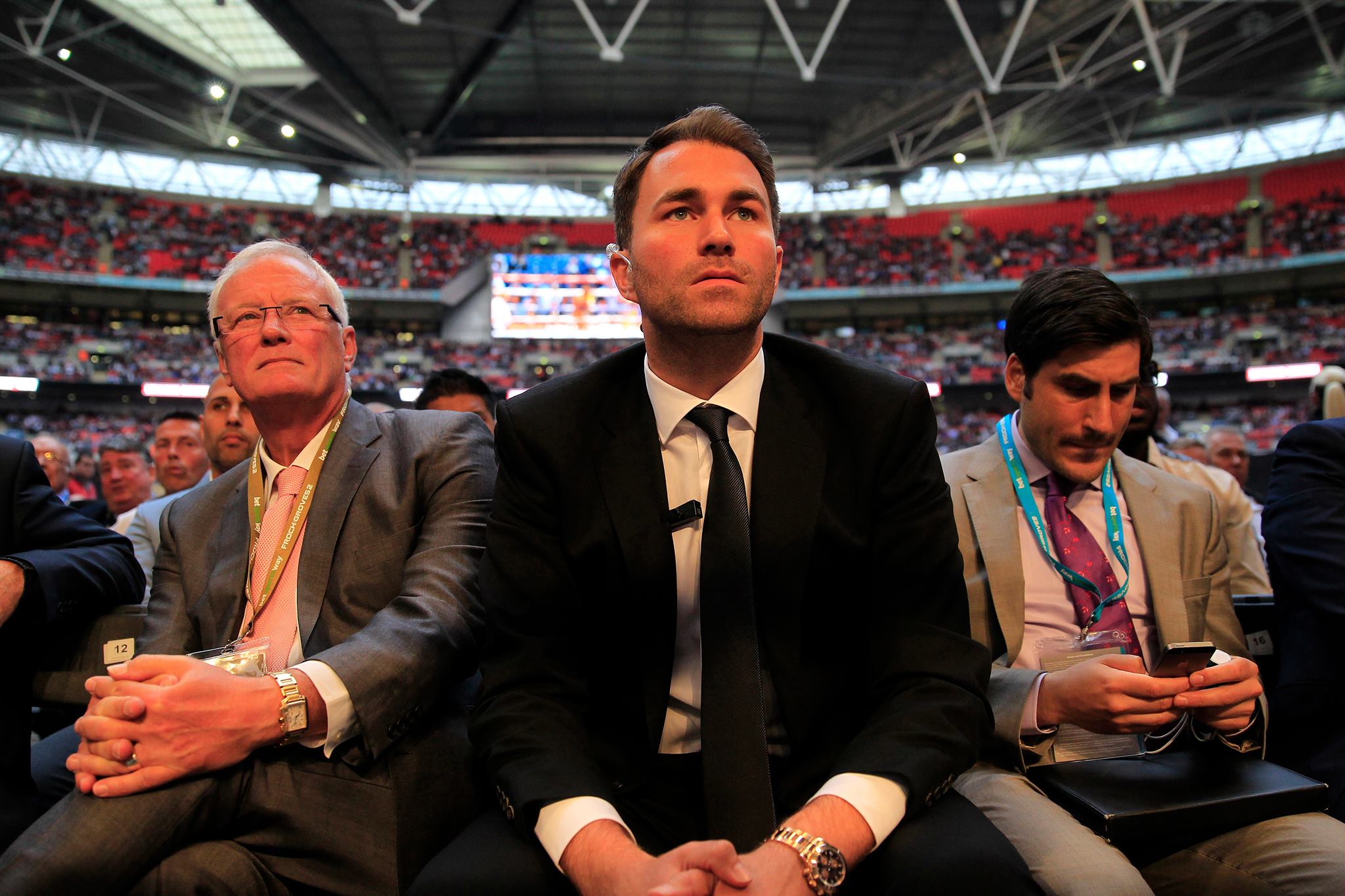
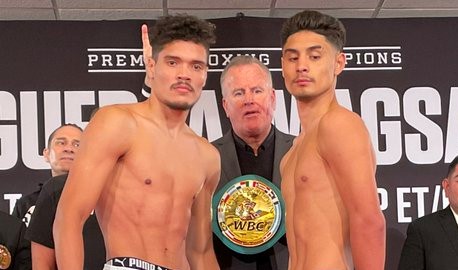
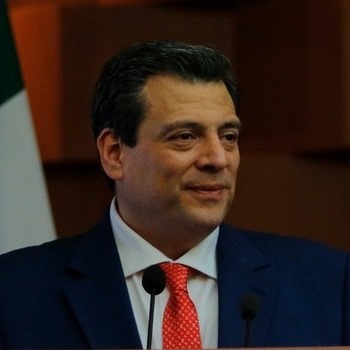







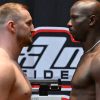
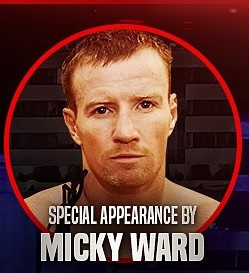

michael kors outlet
04/08/2013 at 9:01 pm
Thank you very much. This really helped me with my work. I appreciate your help. Thanks a lot. http://youtu.be/ihnPPo6gqWo